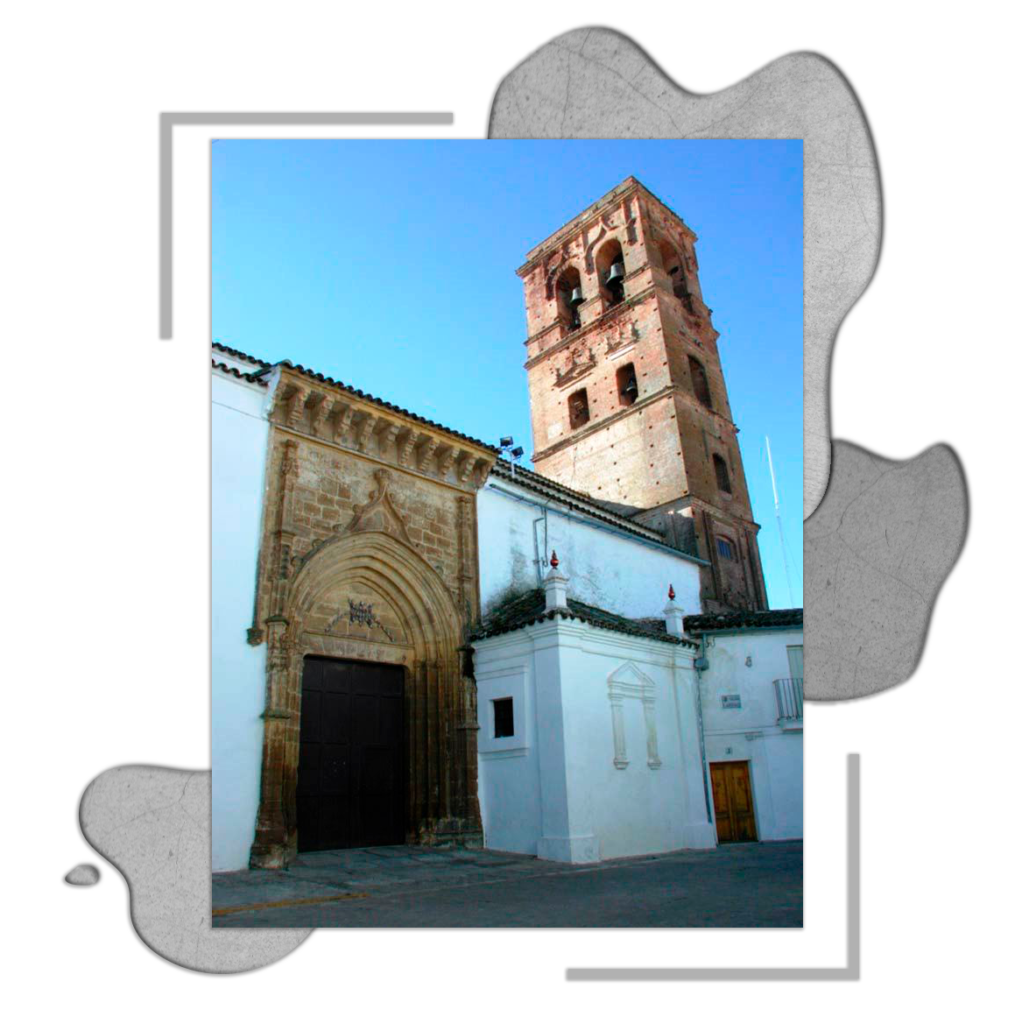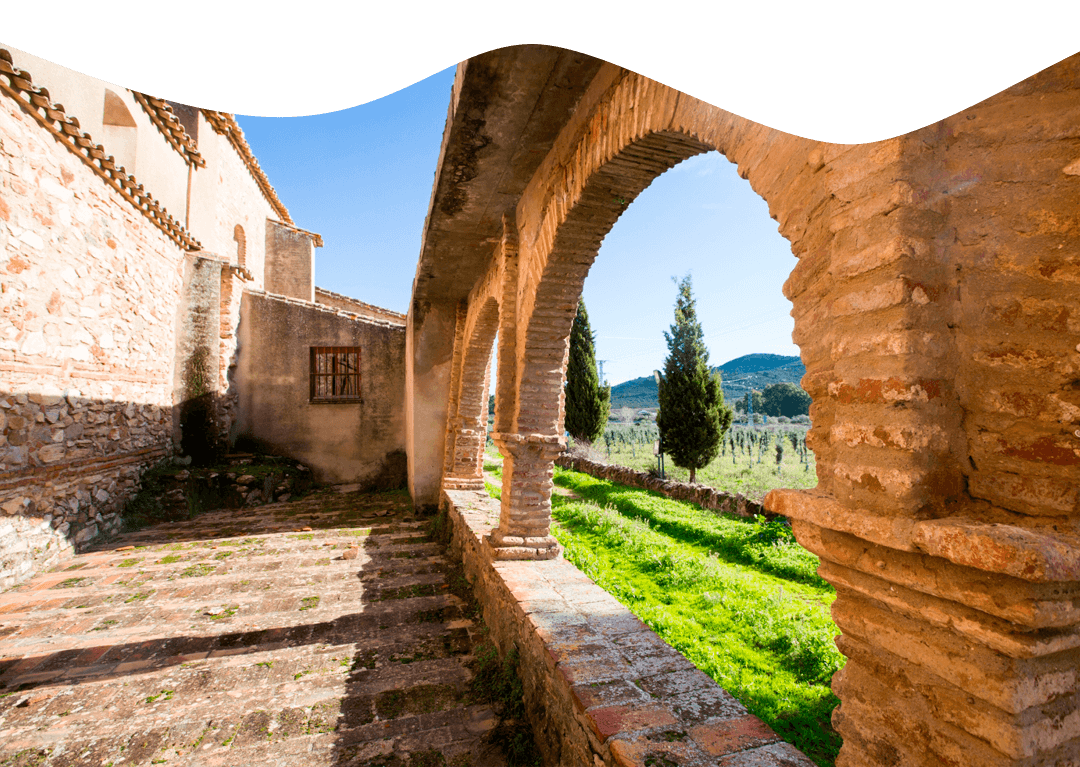Get to know Guadalcanal
The municipality of Guadalcanal is located in the extreme north of the province of Seville, within the Sierra Norte Natural Park, declared by the UNESCO Biosphere Reserve.
Its surface area is 275 km2, 110 km from the capital.
It is a mid-mountain area with large meadows alternating with forests of holm oaks, cork oaks, gall oaks, chestnut trees, pines, elms and olive trees. All this provides ideal conditions for fauna, species such as otters, wild cats, wild boar, deer, rabbits, red-legged partridges, black storks and griffon vultures. Within this enviable environment is the Capitana, which at 959 metres is the highest peak in the Sierra Norte de Sevilla.

Its status as a border municipality between “Extremadura and Andalusia” makes it the gateway to both communities with which it shares culture, history and traditions. This nexus of union and crossroads is one of the differentiating features with respect to the surrounding villages located in the Sierra Norte de Sevilla Natural Park. It is not in vain that the history of Guadalcanal and its municipal boundaries is closely linked to the administrative construction of the Andalusian and Extremaduran communities, given that this town, which since the Middle Ages has belonged to the Order of Santiago and depended on the Monastery of Tentudía, located in the judicial district of Llerena (Badajoz), became dependent on the Kingdom of Seville after the new reform of the Spanish provinces carried out in 1833 by Javier de Burgos. In this process of administrative transfer, Guadalcanal lost part of its territory, with the village of Malcocinado remaining on the Extremadura side, a town which today borders Alanís to the south. If there is any Andalusian town that is called to serve as a bridge with our brothers from Extremadura, that town is Guadalcanal, so there are plenty of arguments, as it is considered today the most Extremaduran of the Andalusians, as it was once the most Andalusian of the Extremadurians.
Speaking of the pilgrimage to Santiago de Compostela, the Encomienda Santiaguista de Guadalcanal marks a turning point in the “Camino de la Frontera” by connecting with the lands of Seville and entering the neighbouring Campiña Sur of Badajoz as far as Almendralejo, connecting with the pilgrimage route Via de la Plata to Compostela.
The most recent event in its history took place in 2008, when His Majesty Juan Carlos I, King of Spain, granted the title of Marquis of Guadalcanal a D. Antonio Fontán Pérez, son of this town and first president of the Senate of democracy.


